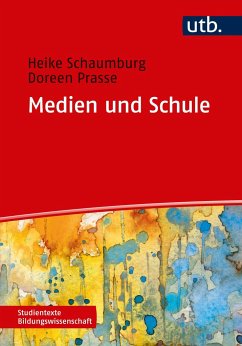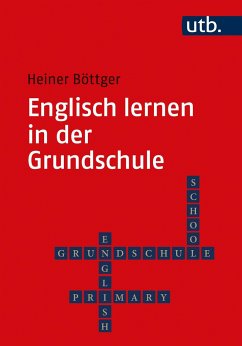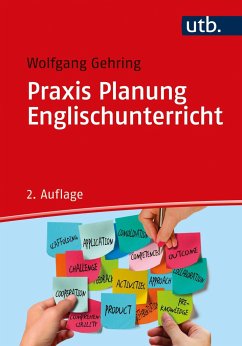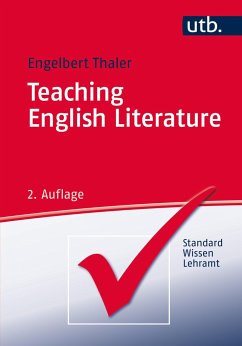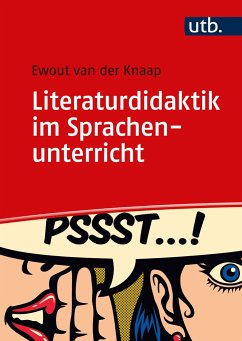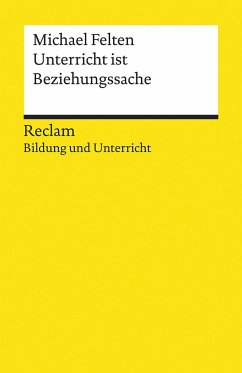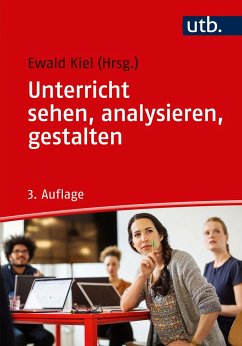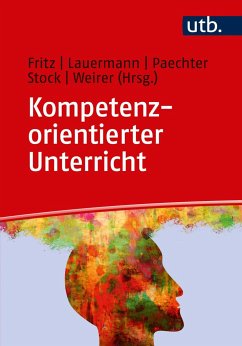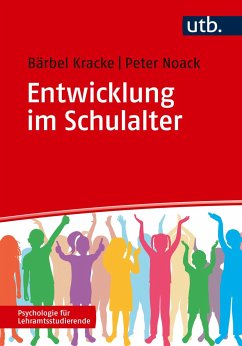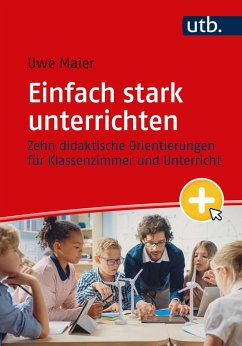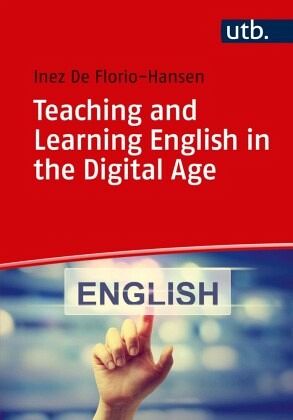
Teaching and Learning English in the Digital Age

PAYBACK Punkte
0 °P sammeln!
TEFL in the 21st centuryFirst of all, teaching and learning English in the digital age means using digital tools in TEFL classrooms. This introduction exemplifies how to implement them in a meaningful way in combination with reliable methods (for additional practice-oriented teaching and learning suggestions see: https://www.deflorio.de/blog . A further important aspect of digitization is teaching and learning about media. Teachers have to create and deploy opportunities that allow students to develop a critical stance toward media in general and digital media in particular. This introduction ...
TEFL in the 21st centuryFirst of all, teaching and learning English in the digital age means using digital tools in TEFL classrooms. This introduction exemplifies how to implement them in a meaningful way in combination with reliable methods (for additional practice-oriented teaching and learning suggestions see: https://www.deflorio.de/blog . A further important aspect of digitization is teaching and learning about media. Teachers have to create and deploy opportunities that allow students to develop a critical stance toward media in general and digital media in particular. This introduction to TEFL shows that the rapidly increasing influences of digitization lead to more internationalized and globalized science-based approaches to teaching and learning English. In this perspective, digitization offers an opportunity to rethink and reshape didactic concepts.
Dieser Artikel kann nur an eine deutsche Lieferadresse ausgeliefert werden.




